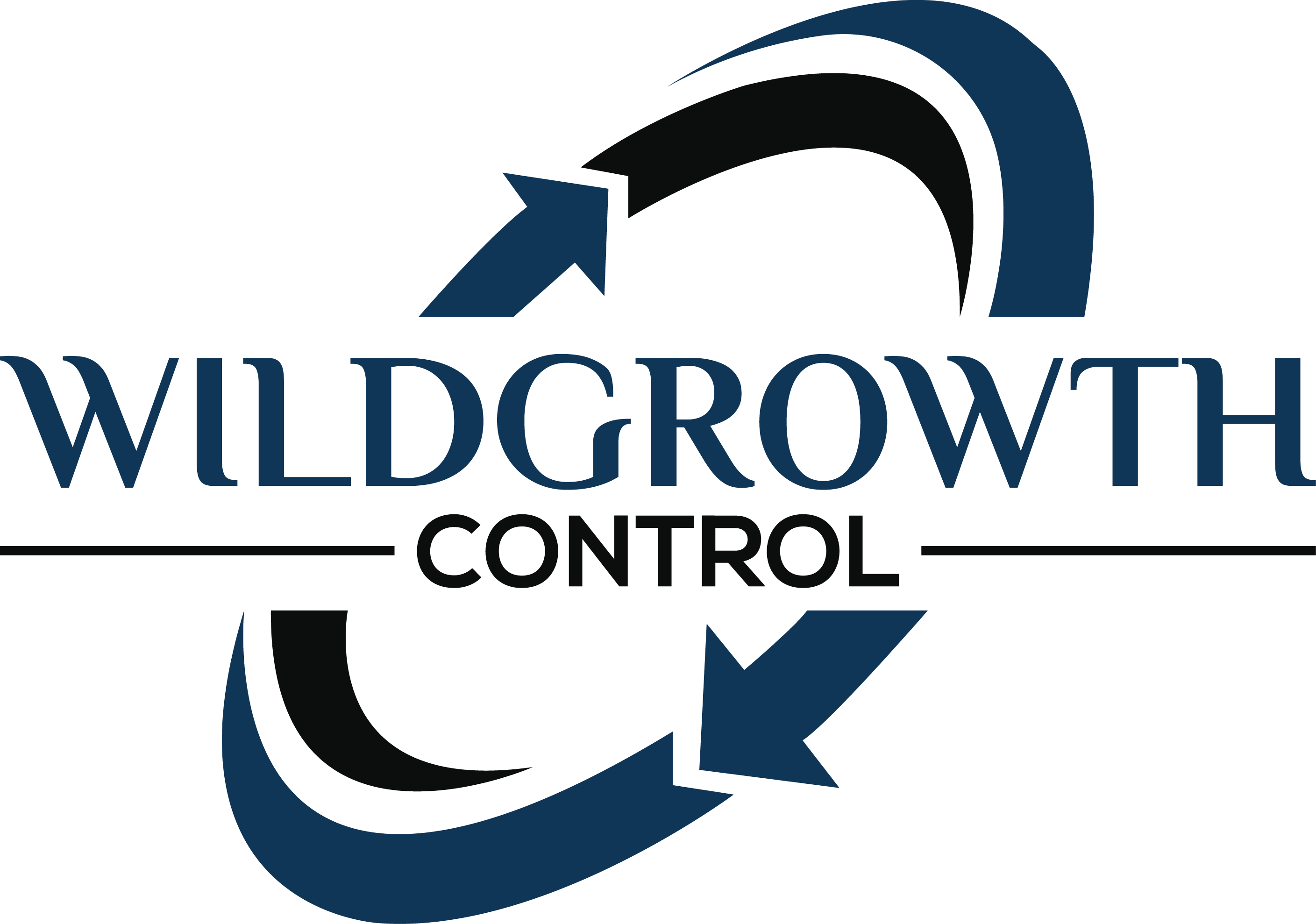Legal Workflow Automation: How Law Firms Save Time and Cut Costs in 2025
Missed deadlines. Disorganized client files. Endless back-and-forth emails.
For many law firms, these issues aren't isolated; they're daily realities. As client expectations rise and competition intensifies, inefficient workflows can quietly erode your bottom line and reputation. Manual processes not only drain billable hours but also increase the risk of costly errors, compliance issues, and missed opportunities.
Legal workflow automation is one of the solutions we offer for law firms. In 2025, it's no longer just a "nice-to-have", it's a strategic advantage. By automating repetitive tasks, streamlining communication, and centralizing case operations, law firms are reclaiming time, cutting costs, and delivering better service.
In this guide, we'll explore precisely what legal workflow automation is, how it works, and how forward-thinking law firms are using it to operate smarter, not harder.

Table of Contents
1. What Is Legal Workflow Automation?
Legal workflow automation is the use of software tools to streamline and systematize routine legal processes. It replaces repetitive, manual steps, like sending follow-up emails, updating case statuses, or generating standard documents, with automated, rule-based actions.
At its core, a "workflow" refers to a repeatable sequence of tasks that advance a legal matter. These could include client intake, court filings, discovery preparation, billing, or follow-ups. When automated, these workflows can run in the background, consistently, accurately, and without delay.
Instead of manually entering client data across multiple platforms or chasing team members for updates, your automation system handles it. You set the rules, triggers, and conditions, and the software does the rest.
For example:
When a new client fills out a form on your website, the system automatically adds them to your CRM, schedules a consultation, and sends a confirmation email.
After a consultation, it can assign follow-up tasks to staff, generate an engagement letter, and update your case management dashboard across your relevant practice areas, all without human intervention.
The result? More time for actual legal work, fewer errors, and a firm that runs with precision, even under pressure.
2. Key Benefits of Legal Workflow Automation in 2025
Legal workflow automation isn’t just about convenience, it’s about transforming how your firm operates. In 2025, law firms that automate core workflows are seeing measurable gains in efficiency, accuracy, and profitability. Here's how:
1. Save Time Across Every Department
Automation eliminates repetitive admin tasks that quietly consume hours each week. From intake forms to invoice generation, processes run on autopilot, freeing up staff and attorneys to focus on legal work.
Example: Instead of manually entering client details after a call, AI answering services can handle intake and scheduling automatically.
2. Reduce Human Errors and Improve Compliance
Manual entry invites mistakes. Missed deadlines and incorrect filings can result in severe consequences. Automation enforces consistency by following pre-set rules, ensuring deadlines, document templates, and reminders never slip through the cracks.
Example: Court dates trigger automatic calendar updates and email reminders for the assigned team, minimizing the risk of oversight.
3. Lower Operational Costs
By reducing the need for manual labor, firms can operate more efficiently without increasing overhead. Automation reduces the need to hire additional support staff as your caseload grows.
Example: A small firm can handle a 30% higher client volume using automation, without increasing headcount.
4. Improve Client Communication and Experience
Clients expect timely updates. Workflow automation ensures they receive reminders, status updates, and document requests without waiting.
Example: A case status change automatically sends a brief update to the client via email or through the client portal, keeping them informed and reducing the number of inbound "status check" calls.
5. Gain Visibility Into Team Performance
Automated systems often include dashboards and tracking tools that give partners real-time insight into productivity, task completion, and case velocity, allowing you to instantly assess phase progress and team output through dashboards or by getting your marketing report.
Example: You can instantly see how many matters are in each phase, who's responsible, and whether deadlines are being met.

3. 5 Legal Workflows Every Firm Should Automate
You don’t need to overhaul your entire firm overnight to see results. Start with the most time-consuming, error-prone areas, where automation delivers the fastest return. Here are five workflows that every law firm should consider automating in 2025:
1. Client Intake
Manually collecting client details, scheduling consultations, and sending follow-ups slows everything down. Automating lead management during client intake means that new inquiries are instantly captured, routed, and followed up on, without lifting a finger.
Example: A potential client fills out an online form. The system adds their info to your CRM, schedules a meeting, sends a confirmation email, and assigns a follow-up task, all in seconds.
2. Document Generation
Creating legal documents manually takes time and increases the risk of errors. With automation, you can generate engagement letters, NDAs, contracts, and more from standardized templates based on client data.
Example: When a case reaches the "engagement" stage, a pre-filled letter is automatically generated, sent for e-signature, and saved to the case file.
3. Time Tracking and Billing
Forgetting to log time or delaying invoice generation impacts your revenue. Automation ensures that time is tracked automatically, invoices are generated on schedule, and reminders are sent out without requiring manual follow-up.
Example: Time entries linked to calendar events or tasks are logged in the background, invoices are drafted on a weekly basis, and clients receive reminders until payment is completed.
4. Case Status Updates
Clients often call to ask, “What's happening with my case?” Automated updates triggered by case milestones reduce interruptions and improve transparency.
Example: When discovery is completed, the client receives a pre-written update via email or portal, keeping them informed and confident in your process.
5. Task Assignment and Follow-Ups
When tasks fall through the cracks, it affects outcomes. Automation assigns tasks based on workflows, sets deadlines, and sends reminders to keep the team aligned.
Example: Once a client signs an agreement, follow-up tasks, such as opening a file, drafting a motion, or scheduling a hearing, are automatically assigned to the relevant team members.
4. Real-World Impact: Examples from Law Firms Using Automation
Legal workflow automation isn't just theory, it's producing tangible results in real firms, right now. Whether you're running a solo practice or managing a midsize team, automation helps you do more with less.
Small Firm: More Clients, Less Admin
A solo attorney in Texas automated their entire client intake process using Clio Grow. Instead of spending hours chasing intake forms and scheduling consultations, everything now runs through an online intake workflow.
Impact: They cut intake time by 80% and converted 3x more leads without hiring additional staff.
Mid-Size Firm: Higher Conversion, Smarter Follow-Up
A 10-attorney family law firm used Lawmatics to automate lead follow-ups and post-consultation emails. With built-in lead scoring and reminders, no lead slipped through the cracks.
Impact: Their lead-to-client conversion rate jumped 40%, and they gained better insight into which marketing channels were performing.
Large Firm: System-Wide Integration
A litigation-focused firm with multiple locations built custom workflows using Zapier, connecting their CRM, Google Drive, and billing software. Automations handled everything from intake to archiving closed cases. To understand how automation connected their stack, they explored a watch demo of their CRM–billing integration flow.
Impact: They reduced administrative costs by 30% and improved cross-departmental coordination with no added headcount.
These aren't one-off wins, they're examples of how firms of all sizes are streamlining operations and scaling growth with automation.

5. Top Legal Workflow Automation Tools to Explore in 2025
Choosing the right tool is key to making workflow automation work for your firm. In 2025, the best platforms combine ease of use, integration flexibility, and legal-specific features. Here are some top contenders:
Clio Manage + Clio Grow
Clio is a favorite for law firms, and for good reason. Clio Grow handles client intake automation, while Clio Manage covers case management, billing, and task workflows.
Why it works: Seamless integration between intake and casework. Automate appointment booking, e-signatures, and reminders with just a few clicks.
PracticePanther
PracticePanther offers a powerful visual workflow builder, making it easy to automate billing, task assignments, and document templates.
Why it works: Ideal for firms with multiple practice areas. Automate client communications and case updates with drag-and-drop simplicity.
Lawmatics
This CRM + automation platform is built specifically for law firms. It's powerful in lead nurturing, marketing automation, and intake management.
Why it works: Tracks the entire client journey from initial contact to case closure. Includes drip email campaigns, follow-ups, and advanced reporting.
MyCase
A well-rounded practice management platform with strong automation features baked in, handy for solo and small firms.
Why it works: Automates reminders, billing, document sharing, and case status updates. Comes with a clean and easy-to-use interface.
Zapier (for Custom Automation)
Not a legal-specific tool, but powerful when used to connect apps like Google Workspace, Slack, Clio, and Dropbox. Ideal for companies with specialized workflows or unique software stacks.
Why it works: Automates data entry, document storage, alerts, and calendar syncs across platforms, without needing a developer.
Each tool offers something different. The best fit depends on your firm's size, caseload, and the workflows you want to automate first.
6. Common Challenges (and How to Overcome Them)
Workflow automation can feel intimidating at first, especially if your team is used to doing things the old way. Here are the most common roadblocks law firms face, along with practical ways to address them:
1. Resistance to Change
Even if automation makes things easier, it's normal for teams to hesitate. Habits are hard to break, especially in high-stakes environments like law.
How to overcome it:
Start small. Automate one or two low-risk workflows (like appointment reminders or document templates). Show your team the time saved and let them see the benefits firsthand. Include staff in discussions around onboarding account creation and workflow design to foster buy-in from the start.
2. Disconnected Systems
Many firms rely on a mix of tools that don't talk to each other. Without proper integration, automation can become clunky or unreliable.
How to overcome it:
Choose platforms with strong native integrations or open APIs. Tools like Clio, Lawmatics, and MyCase are designed with law firm needs in mind and integrate seamlessly with calendars, billing systems, and cloud storage platforms. For everything else, tools like Zapier fill the gap.
3. Over-Automation
It's tempting to automate everything, but not every task should be driven by a system. Overdoing it can lead to impersonal communication or missed judgment calls.
How to overcome it:
Use a simple rule: automate repetitive, rule-based tasks. Leave anything that requires critical thinking, legal discretion, or emotional intelligence to your team. The goal is to support your staff, not replace them.
4. Lack of Ongoing Optimization
Some firms set up automations once and never revisit them. Over time, workflows become outdated or inefficient.
How to overcome it:
Schedule regular reviews, monthly or quarterly, to refine your workflows. Use analytics dashboards to track performance and identify what's working, what's not, and where bottlenecks still exist.
7. Final Thoughts – Automation Is Your Firm's Competitive Edge
In 2025, legal workflow automation isn't just about saving time, it's about staying relevant. Law firms that automate key processes are not only working smarter, but they're also outperforming competitors who are still bogged down in manual tasks.
By reducing errors, cutting admin overhead, and using AI reputation management to improve client experience, automation creates space for what matters most: high-quality legal work and stronger client relationships.
Whether you're a solo attorney or managing a growing team, the message is clear, automation gives you the systems to scale without the stress. And in a profession where precision and responsiveness are everything, that edge matters.
Start simple. Pick one workflow. Track the impact. And build from there. The firms leading tomorrow are the ones automating today.
Ready to begin? Contact us to explore workflow automation tailored for your firm.

8. FAQs – Legal Workflow Automation in 2025
What is a legal workflow?
A legal workflow is a repeatable series of tasks that advance a legal matter. This can include client intake, document review, billing, or filing deadlines. Workflows help standardize processes across your firm.
What is workflow automation?
Workflow automation uses software to handle repetitive tasks based on predefined rules. Instead of manually sending reminders or updating spreadsheets, automation triggers actions automatically, saving time and reducing errors.
How to automate a law firm?
Start by mapping out your existing workflows. Identify tasks that are repetitive and don't require legal judgment, like scheduling, intake, or billing. Then, choose a legal practice management tool (such as Clio, Lawmatics, or PracticePanther) to integrate automation into those processes.
What is automation in law?
In law, automation refers to the use of technology to streamline legal tasks, such as case tracking, client communication, document generation, and billing. It allows lawyers to spend more time on strategy and less on admin work.
How much does workflow automation software cost?
Costs vary by platform and features. Expect to pay between $50 to $200 per user per month. Most providers offer tiered plans tailored to firm size and specific needs.
Can I automate workflows without hiring an IT team?
Yes. Most legal automation tools are designed for non-technical users with drag-and-drop builders and pre-built templates. You don't need coding knowledge or an in-house IT team to get started.
Call 855-457-2803
Free 24/7 Strategy Session
Request a Call Back
NEED HELP? CONTACT US 24/7
(855) 457-2803
se habla espaÑol
Quick Links
AI Reputation Management
© 2025+ WildGrowthControl is an independently owned and operated company - all rights reserved.

